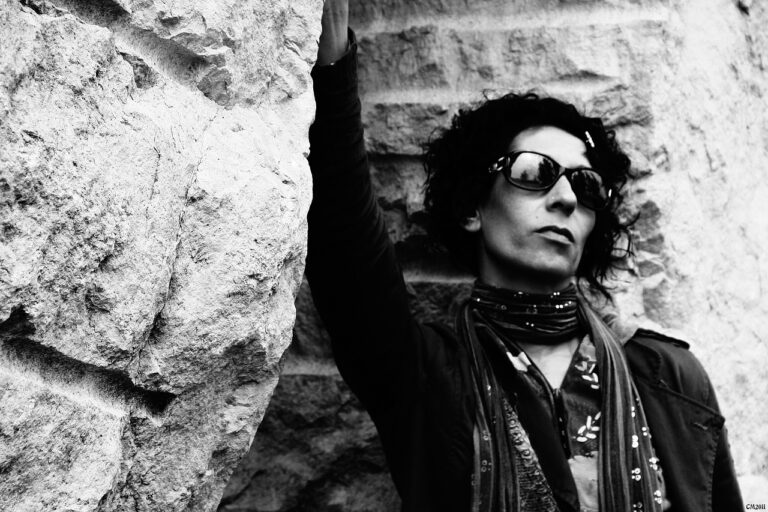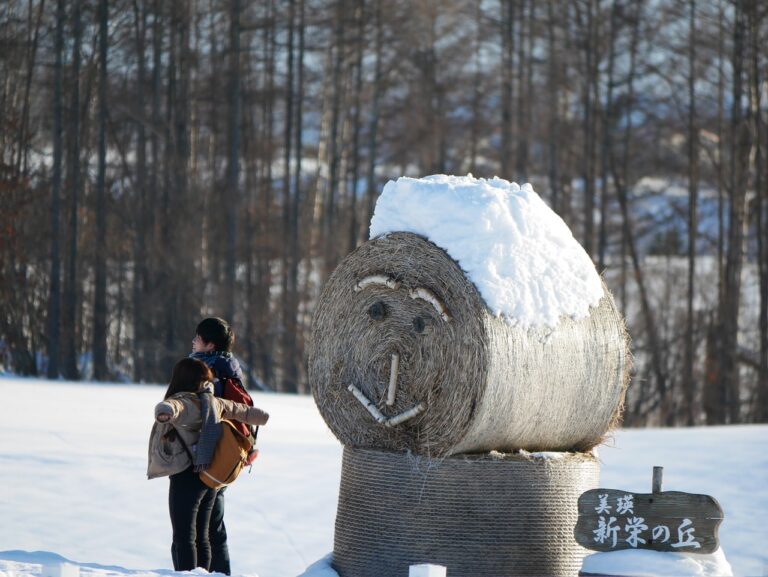Fashion Evolution: Tracing the History of Silhouettes and Trends
In ancient civilizations, the silhouette of clothing played a significant role in conveying social status and cultural identity. The garments worn by individuals were often tailored to accentuate specific body shapes and highlight certain features that were deemed desirable in that particular society. Whether it was the elaborate draping of a Greek chiton or the structured lines of a Roman toga, silhouettes were carefully crafted to convey a sense of power, beauty, or elegance.
Additionally, the silhouette of clothing in ancient civilizations was often influenced by practical considerations such as climate, occupation, and social customs. For example, the flowing robes of Egyptian pharaohs not only symbolized their divine status but also provided comfort in the hot desert climate. Similarly, the layered garments of nomadic tribes in Central Asia were designed to protect against harsh weather conditions while allowing for ease of movement during daily activities.
Influence of Royalty on Fashion Trends
Royalty has long been a driving force behind evolving fashion trends. The style choices of kings, queens, and other noble figures have often set the standard for what is considered fashionable in a particular era. From extravagant garments adorned with jewels to intricate accessories, the influence of royalty on fashion has been undeniable throughout history.
The clothing worn by monarchs and aristocrats not only reflected their wealth and status but also served as a means of communicating power and influence. Royal fashion choices were carefully curated to convey a sense of authority and sophistication, setting the stage for commoners to emulate these styles in an effort to mirror the prestige associated with the ruling class.
The Rise of Haute Couture
Haute couture, meaning high fashion in French, emerged in the mid-19th century as a response to the growing demand for exclusive, custom-made clothing among the wealthy elite. This period saw the birth of iconic fashion houses such as Charles Frederick Worth in Paris, who is often credited as the first couturier to present collections on live models to clients.
The rise of haute couture marked a shift in the fashion industry towards more personalized and luxurious garments, setting the stage for couture to become synonymous with unparalleled craftsmanship and opulence. Couturiers began to showcase their intricate designs in private showings, cementing their status as tastemakers and shaping the direction of fashion for centuries to come.
What is haute couture?
Haute couture is high-end fashion that is custom-made for individual clients. It often involves intricate and detailed craftsmanship.
What sets haute couture apart from ready-to-wear fashion?
Haute couture garments are made to measure for specific clients and are often handcrafted with high-quality materials, while ready-to-wear fashion is produced in standard sizes for mass consumption.
How did royalty influence fashion trends in history?
Royalty has long been a driving force in setting fashion trends. When royals wore certain styles or fabrics, it would often trickle down to the general population, shaping the fashion landscape of the time.
What role did ancient civilizations play in shaping fashion silhouettes?
Ancient civilizations, such as the Egyptians and Greeks, influenced fashion silhouettes with their unique draping techniques and use of fabric. These early civilizations set the foundation for future fashion innovations.
How has the rise of haute couture impacted the fashion industry?
The rise of haute couture has elevated the standards of craftsmanship and design in the fashion industry. It has also created a niche market for luxury, custom-made garments that cater to the elite clientele.







